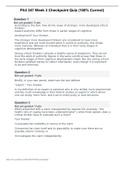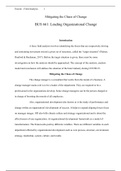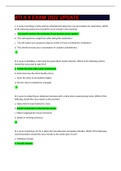Summary
Customer Analytics, Summary Obligatory Papers (1-8, last paper misses)
- Course
- Institution
Summary of the obligatory papers (1-8, last one misses) from the course Customer Analytics. This document contains rather compact summaries of papers 1-8. Please note that the last paper is not included since I was not able to find the correct version of the paper (only one with 64 pages...). Howev...
[Show more]









